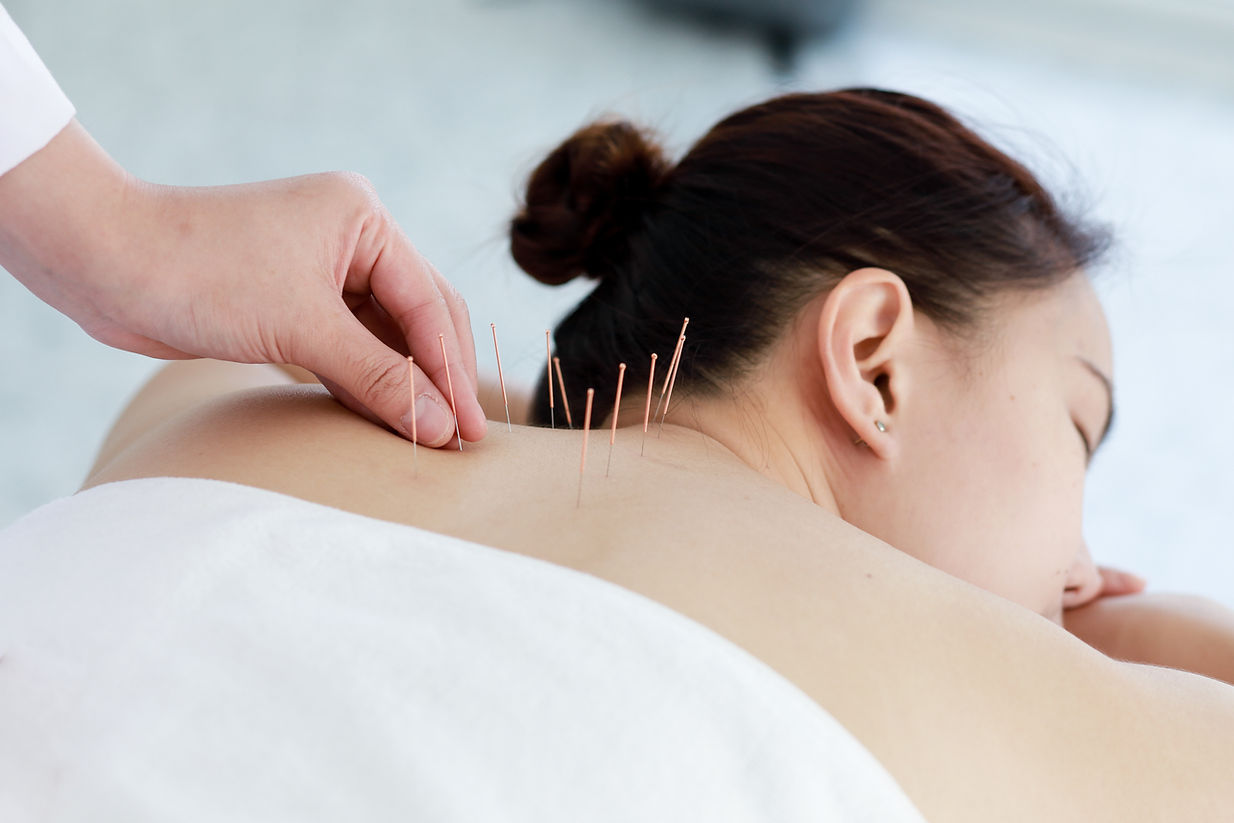Services


Acupuncture
Acupuncture is an effective alternative for treating a wide variety of acute and chronic conditions, including headaches, hypertension, sciatica, allergic rhinitis, painful periods, depression, and more. Acupuncture supports your whole body by returning it to a state of homeostasis, boosting immune function, increasing circulation, decreasing inflammation, and releasing endorphins (innate pain relievers).
During a treatment, hair-thin, single-use, sterile needles are inserted in specific points selected by a licensed acupuncturist in order to activate your body's own healing mechanisms. Each treatment is tailored to the patient's individual needs.
Additional techniques, such as moxibustion, cupping, gua sha, and infrared heat therapy can augment your acupuncture treatment or can work alone to treat a number of different conditions.
-
World Health Organization. Acupuncture: Review and Analysis of Reports on Controlled Clinical Trials. Geneva: World Health Organization; 2003.
-
Xu Y, Guo Y, Song Y, et al. A new theory for acupuncture: Promoting robust regulation. Journal of Acupuncture and Meridian Studies. 2018;11(1):39-43. doi:10.1016/j.jams.2017.11.004
-
Pais I, Correia N, Pimentel I, et al. Effects of acupuncture on leucopenia, neutropenia, NK, and B cells in cancer patients: A randomized pilot study. Yamaguchi N, ed. Evidence-Based Complementary and Alternative Medicine. 2014;2014:1-9. doi:10.1155/2014/217397
-
Takayama S, Watanabe M, Kusuyama H, et al. Evaluation of the effects of acupuncture on blood flow in humans with ultrasound color Doppler imaging. Evidence-Based Complementary and Alternative Medicine. 2012;2012:1-8. doi:10.1155/2012/513638
-
Li N-cen, Li M-yue, Chen B, Guo Y. A new perspective of acupuncture: The interaction among three networks leads to neutralization. Evidence-Based Complementary and Alternative Medicine. 2019;2019:1-10. doi:10.1155/2019/2326867
Chinese Herbal Medicine
Chinese herbs have been used as medicine for thousands of years. They can be prescribed as decoctions (herbal medicinal tea), granules (akin to instant coffee), pills, tinctures, and topicals. Chinese herbs are often used together with acupuncture to enhance the therapeutic effects of treatment, but are a stand alone modality of Chinese medicine. The herbal remedies prescribed at Stillwater Acupuncture & Wellness are sourced from manufacturers that assure quality and purity through rigorous testing.
Chinese herbal medicine is powerful because it recognizes the synergy between different herbs. Most of the time, they are prescribed as combinations in herbal formulas and less frequently prescribed as single herbs. The beauty of combining herbs into a formula is they can address a health condition from multiple directions. Herbs in a formula work together to enhance the effect of the primary herb(s) and guide the effect of the formula to a particular body region for targeted effectiveness.
Food is medicine - eating well is foundational to your overall wellness. Functional nutrition honors the fact that food is not only fuel for your body but also an extremely useful tool to help us address the underlying cause of your condition. We offer nutritional therapy and supplementation services to make lasting lifestyle changes for better health.
6. Scheid V, Bensky D, Ellis A, Barolet R. Chinese Herbal Medicine: Formulas & Strategies. 2nd ed. Seattle, WA, USA: Eastland Press; 2015.


Myofascial Release
Massage - Cupping - Gua Sha - Visceral Manipulation
Massage: Tuina, a style of Chinese medical massage, and Shiatsu, a style of Japanese medical massage, are offered. Tuina utilizes pushing techniques similar to the forms of massage we tend to be accustomed to in the US, while Shiatsu involves rhythmic acupressure along the meridians. Both styles of massage help open the meridians to promote circulation and decrease pain.
Cupping: Cupping uses pressure from suction to stretch the fascia and muscle tissues to soften areas of tightness and relieve pain. This technique can also be applied to help the body detoxify metabolic waste that has built up in the tissues.
Gua Sha: Gua Sha is a technique of scraping the skin (comfortably) using a tool with a rounded edge. The idea is to dredge up the metabolic waste from the tissues for the cells to recycle. This technique is also useful for reducing muscle adhesions and moving lymph.
Visceral Manipulation: This is a gentle method of working at the organ level through massage. By applying pressure with listening hands, organ structures can be influenced such that they find their proper position, and healthy movement of food through the digestive system is restored.

